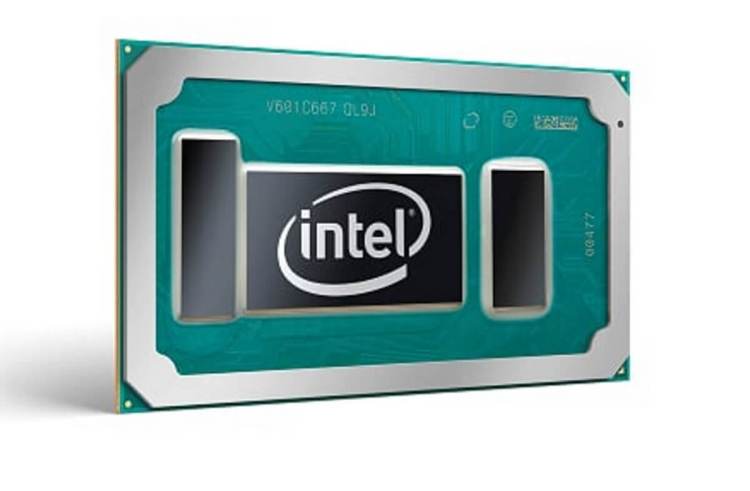Intel is releasing its second batch of 7th Generation Core processors, code-named Kaby Lake, for desktops and mobile workstations.
The world’s biggest chip maker shared the announcement at CES 2017, the big tech trade show in Las Vegas this week, where the chips can be seen in a wide variety of gaming laptops, desktops, VR/gaming machines, and vPro for enterprise PCs.
The Kaby Lake chips, first revealed for laptops in August 2016, are the successors to 2015’s Skylake processors. Skylake used a 14-nanometer manufacturing process, and Kaby Lake uses something that Intel calls “14nm+.” The 14nm+ process can deliver a family of Kaby Lake processors that are as much as 300 megahertz faster, as well as offering some architectural improvements.
For instance, Kaby Lake delivers the same central processing unit (CPU) core and performance per megahertz as Skylake, but it has improvements in graphics, video processing, increased battery life for laptops, and the number of data lanes to the CPU.
June 5th: The AI Audit in NYC
Join us next week in NYC to engage with top executive leaders, delving into strategies for auditing AI models to ensure fairness, optimal performance, and ethical compliance across diverse organizations. Secure your attendance for this exclusive invite-only event.

Above: Intel 7th Generation Core processors
Intel says the new 7thGen Intel Core processors are designed to fit every life and work style. The 7thGen Intel Core processor family will fit in just about anything, including compute sticks, ultra-thin 2-in-1 detachables and convertibles, thin and light laptops, high-performance laptops, a range of desktops, all-in-ones and minis, and Intel Xeon processor-based mobile workstations.
The new 7thGen Intel Core processor and Intel Xeon processor family includes the 4.5-watt Intel Core vPro processors (Y-series) for 2-in-1 detachables, 15-watt Intel Core vPro, 15-watt and 28-watt Intel Core processors (U-series) for 2-in-1 convertibles and thin and light clamshells, and more.
For the mid range, Intel has 45-watt Intel Core vPro processors (H-series) for large screen clamshells and premium notebooks, 45-watt Intel Core mobile processor (H-series), unlocked processors for enthusiast and VR capable notebooks, and 45-watt Intel Xeon processors for mobile workstations.
And at the high end, Intel has 65-watt Intel Core and Intel Core vPro processors (S-series) for mainstream towers, 65-watt and 35-watt Intel Core and Intel Core vPro processors (S-series) for all-in-ones and minis, and 95-watt and 65-watt Intel Core processors (S-series) for enthusiast towers.
Intel’s rival, Advanced Micro Devices, is planning to compete against Intel’s Kaby Lake lineup with its Ryzen processors, which will come out in the first quarter of 2017.


